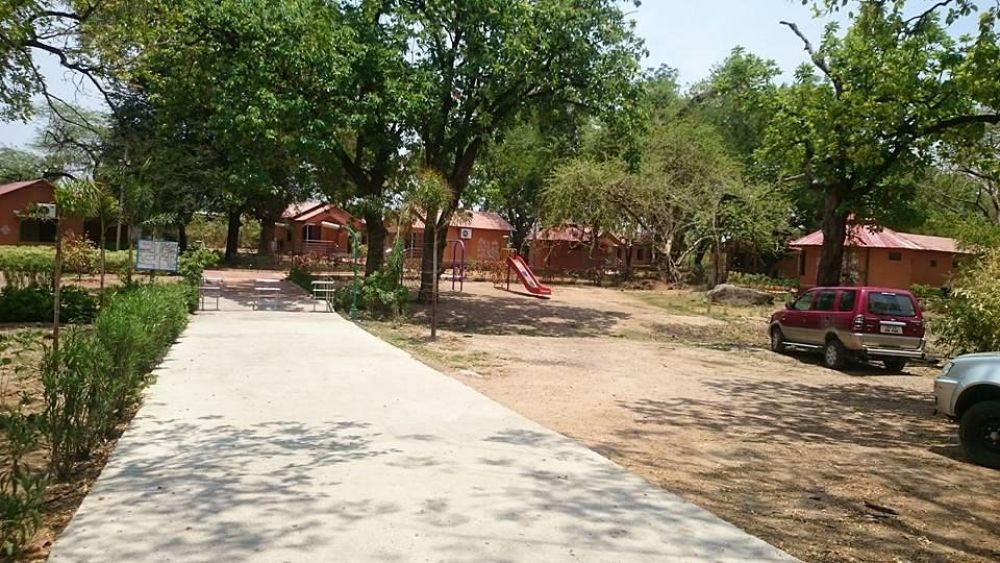

The Kawal Wildlife Sanctuary, located in Adilabad district of Telangana, India, has been a noteworthy destination for wildlife enthusiasts and nature lovers for many years. The sanctuary was established in 1965 and officially declared a wildlife sanctuary in 1972 to protect the rich biodiversity of the region, which includes a variety of flora and fauna. Over the years, it has grown in popularity not just as a haven for wildlife, but as a retreat for those seeking tranquillity away from the urban sprawl. The sanctuary, spanning over 893 square kilometers, plays a pivotal role in preserving the ecological balance in the northern part of Telangana. Since its inception, it has been instrumental in the conservation of various species, including the Bengal tiger, which led to it being declared as Kawal Tiger Reserve in 2012.
Tourism at Kawal Wildlife Sanctuary picked up gradually, spurred by the conservation efforts and the increasing interest in eco-tourism. Initially, it catered to a niche group of tourists - wildlife photographers, naturalists, and adventure seekers. With time, the government and tourism boards have invested in improving the infrastructure, facilities, and accessibility, making it more inviting for a broader audience.
The expansion of tourism offered a balanced approach by including community involvement, which helps in sustainable tourism practices. Local guides and nature camps have become an integral part of the tourism experience, providing insight into indigenous flora and fauna while ensuring a steady income source for the local population.
The latest trend in the tourism industry at Kawal Wildlife Sanctuary is the focus on eco-friendly and sustainable tourism. This is in line with global trends where there is a growing consciousness regarding the impact of tourism on the environment and local communities.
Responsible tourism initiatives are being promoted which aim at minimizing the negative impacts of tourism and enhancing the benefits to the environment and local people. Tourists are encouraged to engage in wildlife photography, bird watching, and nature walks while following a strict no-littering policy and respecting the natural habitat of the wildlife.
Another recent trend is the digitalization of tourism services. Online booking systems for entry tickets, guides, and accommodations have made it easier for tourists to plan their visits. Social media platforms and mobile applications are increasingly used to disseminate information and interact with potential visitors, providing a platform for sharing experiences and fostering a community of wildlife enthusiasts.
The introduction of eco-lodges and eco-camps also reflects the trend towards sustainability. These facilities are designed to blend with the natural surroundings and are operated with the aim of having minimal environmental footprint. They offer visitors an immersive experience in the heart of the wilderness without compromising on the comfort.
Moreover, seasonal festivals and wildlife-centric events have become a part of the sanctuary's tourism offerings, attracting visitors during specific times of the year and providing insightful educational experiences focused on conservation and wildlife appreciation.